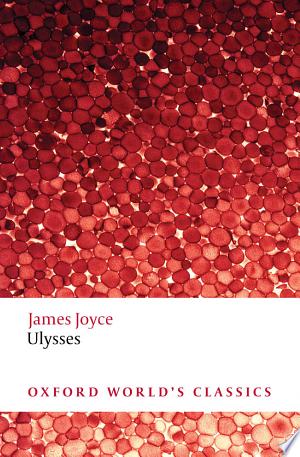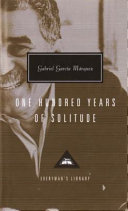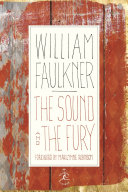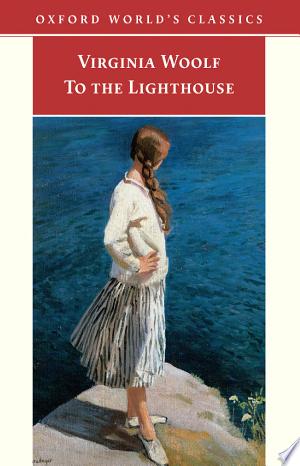
"In Search of Lost Time" Summary
fiction | 4211 pages | Published in NaN
Estimated read time: 5 min read
One Sentence Summary
A man reflects on his past and explores the nature of memory, love, and time.
Table of Contents
Introduction
"In Search of Lost Time" is a monumental seven-volume novel by Marcel Proust, originally published in French as "À la recherche du temps perdu." The novel is considered one of the greatest literary works of all time, exploring themes of memory, time, love, art, and the human experience. Proust's masterful prose and intricate exploration of the human psyche have made this work a timeless classic.
Brief Synopsis
Plot Overview and Setting
The novel is set in France during the late 19th and early 20th centuries. The narrator, who is never named, reflects on his life and experiences, particularly his relationships, artistic ambitions, and the passage of time. The novel is known for its intricate and detailed portrayal of the protagonist's memories and the society in which he lives.
Main Characters
The novel features a wide array of characters, but some of the key figures include:
| Character | Description |
|---|---|
| The Narrator | The protagonist and narrator of the novel. |
| Charles Swann | A wealthy art collector and friend of the narrator. |
| Albertine | A young woman who becomes the narrator's love interest. |
| Odette de Crécy | A courtesan and Swann's love interest. |
| Marcel | The narrator's younger self in the earlier volumes. |
Summary of Each Volume
Volume 1: Swann's Way
The novel begins with the narrator's memories of his childhood in Combray and introduces the reader to the character of Charles Swann. The themes of memory, love, and art are established in this volume.
Volume 2: In the Shadow of Young Girls in Flower
The narrator continues to reflect on his experiences and relationships, particularly with his grandmother and his infatuation with Gilberte, Swann's daughter.
Volume 3: The Guermantes Way
The narrative expands to include the social circles of the Guermantes family, offering a glimpse into the aristocratic society of the time. The narrator's observations of this world shed light on the themes of social class and identity.
Volume 4: Sodom and Gomorrah
Exploration of the themes of desire, sexuality, and the complexities of human relationships, particularly through the character of Baron de Charlus.
Volume 5: The Prisoner
The narrator continues to grapple with his own desires and the nature of love, particularly in his relationship with Albertine.
Volume 6: The Fugitive
The narrator's reflections on the passage of time and the nature of art and creativity take center stage, as he navigates the complexities of his own artistic ambitions.
Volume 7: Time Regained
The novel reaches its conclusion as the narrator comes to terms with his past, his experiences, and the elusive nature of time. The themes of memory and the passage of time are brought to a poignant close.
Main Events
- The narrator's experiences in Combray and his relationship with his family.
- Swann's romantic entanglements and his friendship with the narrator.
- The narrator's reflections on his infatuations and romantic pursuits.
- The exploration of social circles and the aristocracy in France.
- The narrator's internal struggles with desire, love, and the passage of time.
- The culmination of the narrator's reflections and the resolution of the novel's themes.
Themes and Insights
Themes
- Memory and Time: The novel delves deeply into the nature of memory and the passage of time, exploring how they shape the human experience.
- Love and Desire: Proust examines the complexities of human relationships, desire, and the pursuit of love.
- Art and Creativity: The novel reflects on the nature of artistic expression and the role of art in capturing the essence of life.
- Social Class and Identity: Through the portrayal of aristocratic society, the novel explores themes of social class and personal identity.
Insights
Proust's nuanced exploration of memory and time offers profound insights into the human condition, inviting readers to contemplate the nature of their own experiences and the passage of time. The novel's portrayal of love, desire, and art provides a rich tapestry of human emotions and aspirations, while its depiction of social dynamics offers a thought-provoking commentary on society and identity.
Reader's Takeaway
"In Search of Lost Time" is a literary journey that immerses readers in the intricate tapestry of human experiences, emotions, and reflections. The novel invites readers to contemplate the nature of memory, time, love, and art, offering profound insights into the complexities of the human psyche and the passage of time. Through its rich and evocative prose, the novel continues to captivate and resonate with readers across generations.
Conclusion
Marcel Proust's "In Search of Lost Time" stands as a monumental work of literature, renowned for its profound exploration of memory, time, love, and art. The novel's intricate narrative, complex characters, and timeless themes continue to captivate readers, inviting them to delve into the depths of human experience and self-reflection. Proust's magnum opus remains an enduring masterpiece that offers a profound and thought-provoking literary experience.
In Search of Lost Time FAQ
What is 'In Search of Lost Time' about?
How many volumes are there in 'In Search of Lost Time'?
What makes 'In Search of Lost Time' a significant work of literature?
Is 'In Search of Lost Time' difficult to read?
What is the best way to approach reading 'In Search of Lost Time'?




